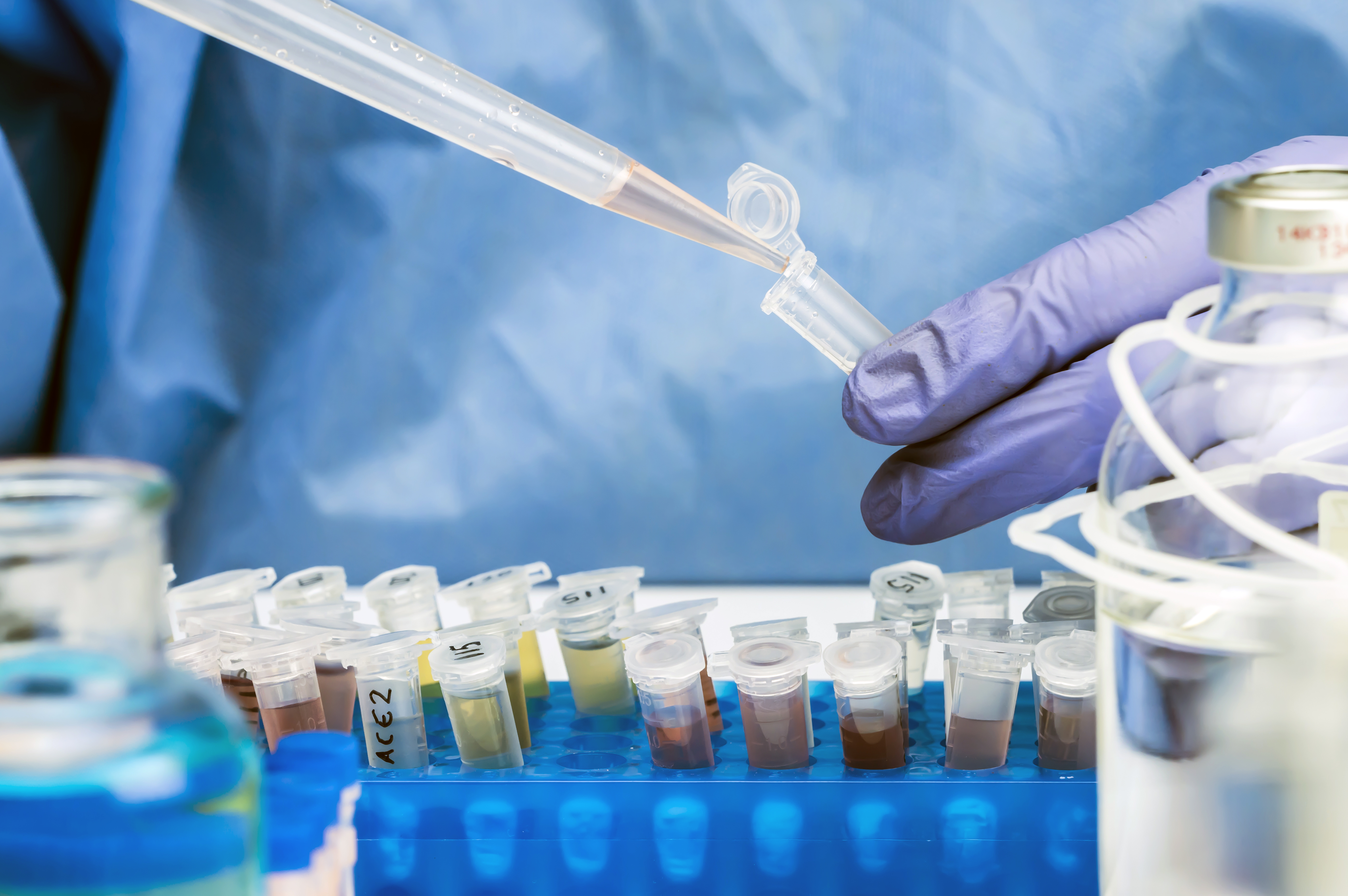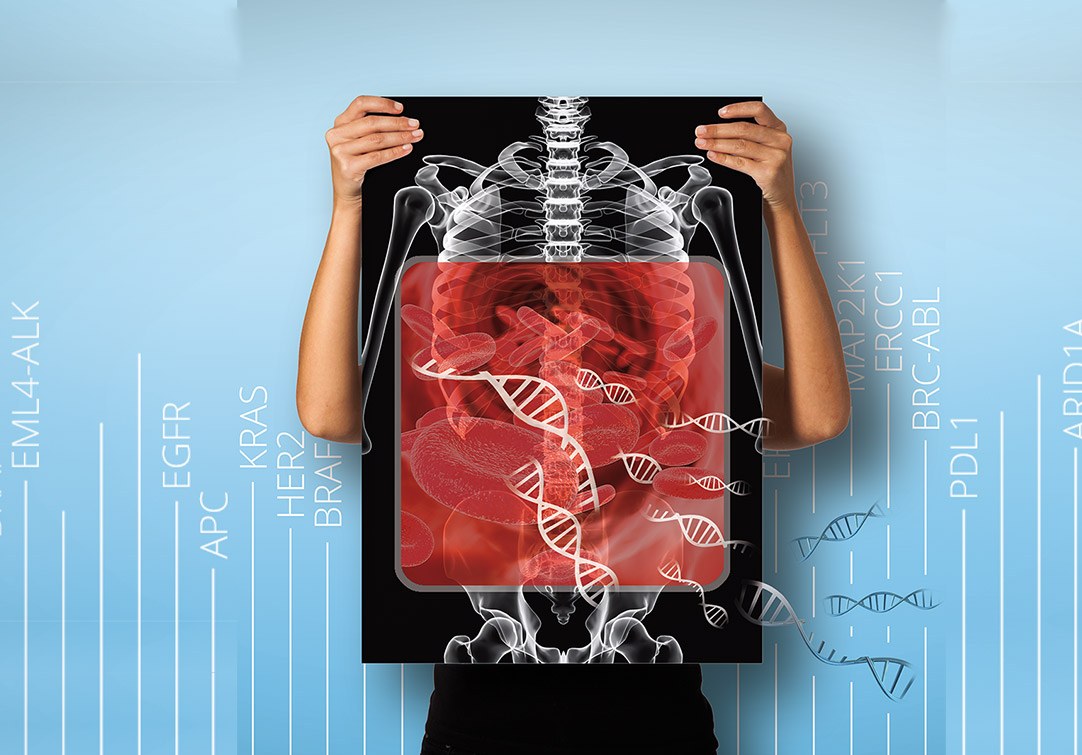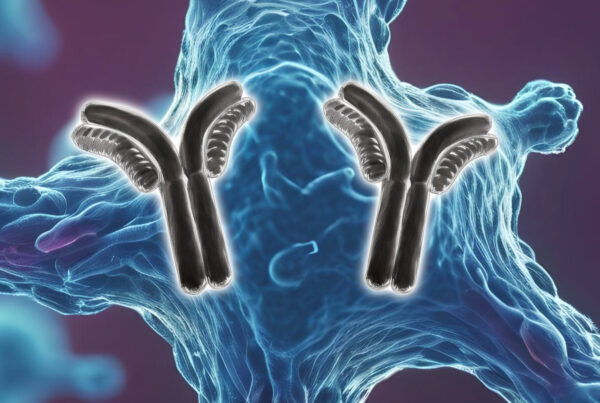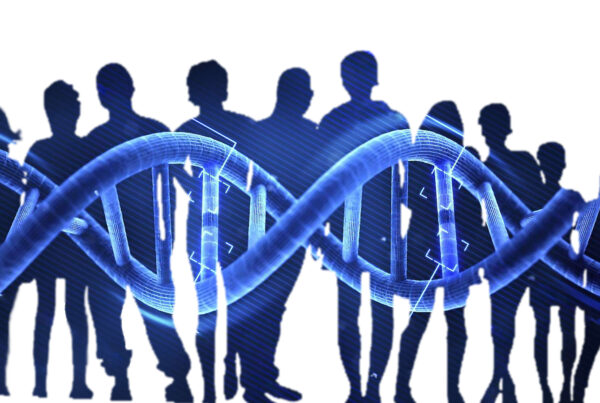Wastewater testing has been showed to be a highly useful tool for the detection and monitoring of pathogens such as viruses.
Virus detection and monitoring requires the analysis of a large amount of samples across time. Next generation sequencing (NGS) and reverse transcription-qPCR (RT-qPCR) have turned out to be highly sensitive and specific methods for high-throughput analysis.
But how are NGS and RT-qPCR used in wastewater testing and wastewater monitoring?
Key takeaways:
- NGS (next-generation sequencing) and qPCR (quantitative polymerase chain reaction), etcetera.
- A detailed examination of next-generation sequencing technologies provides us with a clear picture for effective wastewater testing and prevention of negative healthcare pandemics.
- Wastewater testing and how NGS aids genetics lab scientists in the surveillance of new viruses such as SARS-CoV-2, etcetera.
When people are infected with viruses, they often shed large amounts of virus in faeces. It has been shown that disease causing viruses could be detected in wastewater several weeks before (and after) the onset of disease symptoms in people. Therefore, wastewater testing could be a highly valuable tool for early detection of starting disease outbreaks before the viruses are detected in clinical cases.
Furthermore, potentially harmful waterborne viruses can also originate from agricultural food production (plants and animals) and surface run-off, for instance, and end up in wastewater. Depending on their structure (single or double-stranded, etc.), viruses show different degrees of resistance of against inactivation mechanisms, showing the importance of correct virus removal procedures. After all, the treated wastewater is often used in agriculture (irrigation) and drinking water production.
The efficacy of the implemented virus removal procedures can be evaluated by wastewater testing (Hellmér et al., 2014; Corpuz et al., 2020; Ardell and Callahan, 2022).
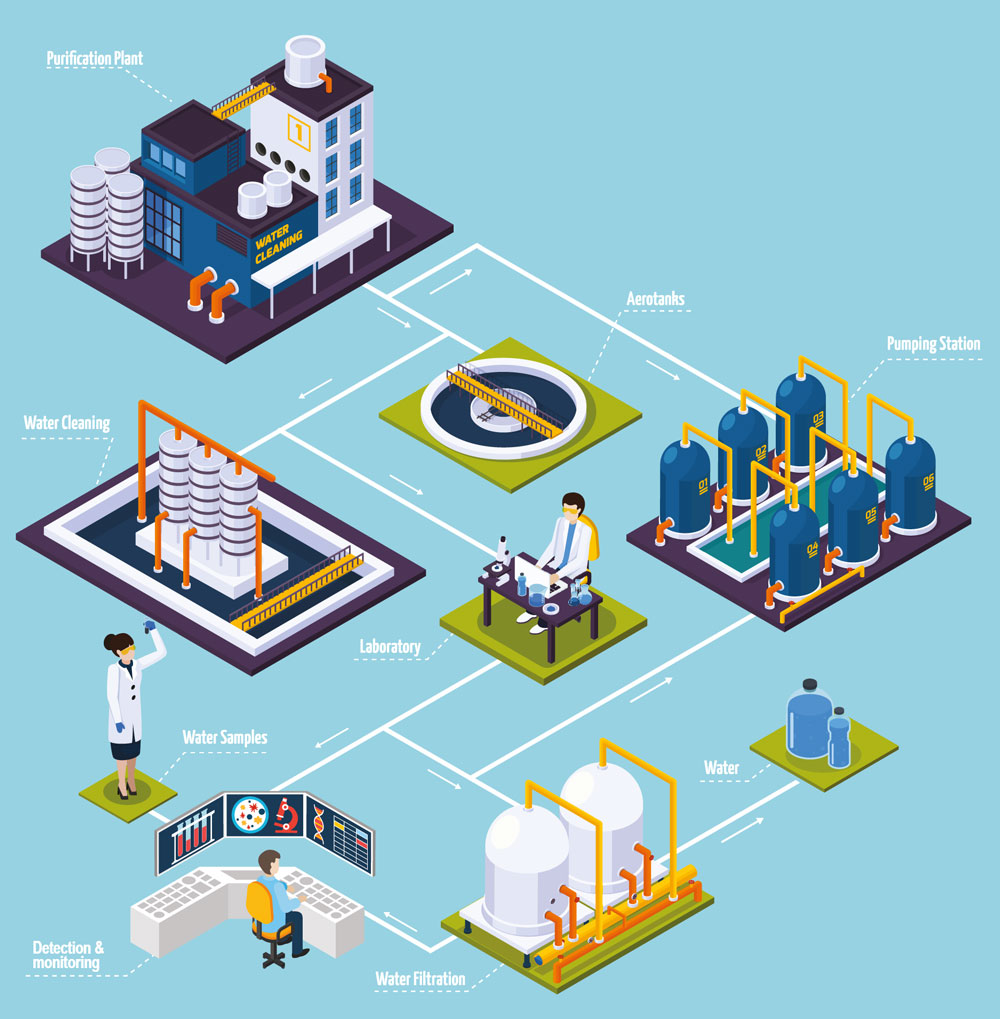
Image 1: Depiction of the wastewater testing and cleaning process in wastewater treatment plants (Image source: https://www.freepik.com/free-vector/surface-water-purification-isometric-composition_6169413.htm#query=wastewater&position=14&from_view=search&track=sph, Created by: Macrovector)
Wastewater testing using NGS
NGS is one of the main methods used for wastewater testing nowadays. NGS offers highly sensitive and specific monitoring of wastewater for early identification of harmful pathogens.
Wastewater samples mostly have relatively small sample volumes that also contain different amounts of viruses. Therefore, the high sensitivity of NGS is ideal for analysing these kind of samples.
Whole genome sequencing is used to sequence the entire genome of viruses, allowing for the precise identification of viruses, variants and even the presence of antibody-resistant genetic changes to evade the immune system.
Such as the Hepatitis C virus for instance.
As NGS is a high-throughput sequencing method, it is clearly the favourite method for the analysis of a large sample size.

Image 1: Procedural wastewater quality assessment through NGS – illustrating the DNA and RNA/ whole genome sequencing during the process of evaluation. (Garner et al., 2021)
Before the sequencing can be performed, the genomic material of viruses in a given sample, which is either DNA or RNA, needs to be extracted. However, wastewater often contains inhibitors of the sequencing process that need to be removed, genomic material from other microbes and even the host.
The isolation and purification of DNA/RNA proceeds in these steps: lysis, purification, and recovery. Different types of DNA extraction methods include boiling, column method, magnetic beads, and use of FTA cards (Barbosa et al., 2016).
Furthermore, the variations taking place among a number of contagious viruses due to certain factors of evolution like gene structure, etcetera may also be easily detected through implementation of NGS techniques on the wastewater.
Wastewater testing as predictor
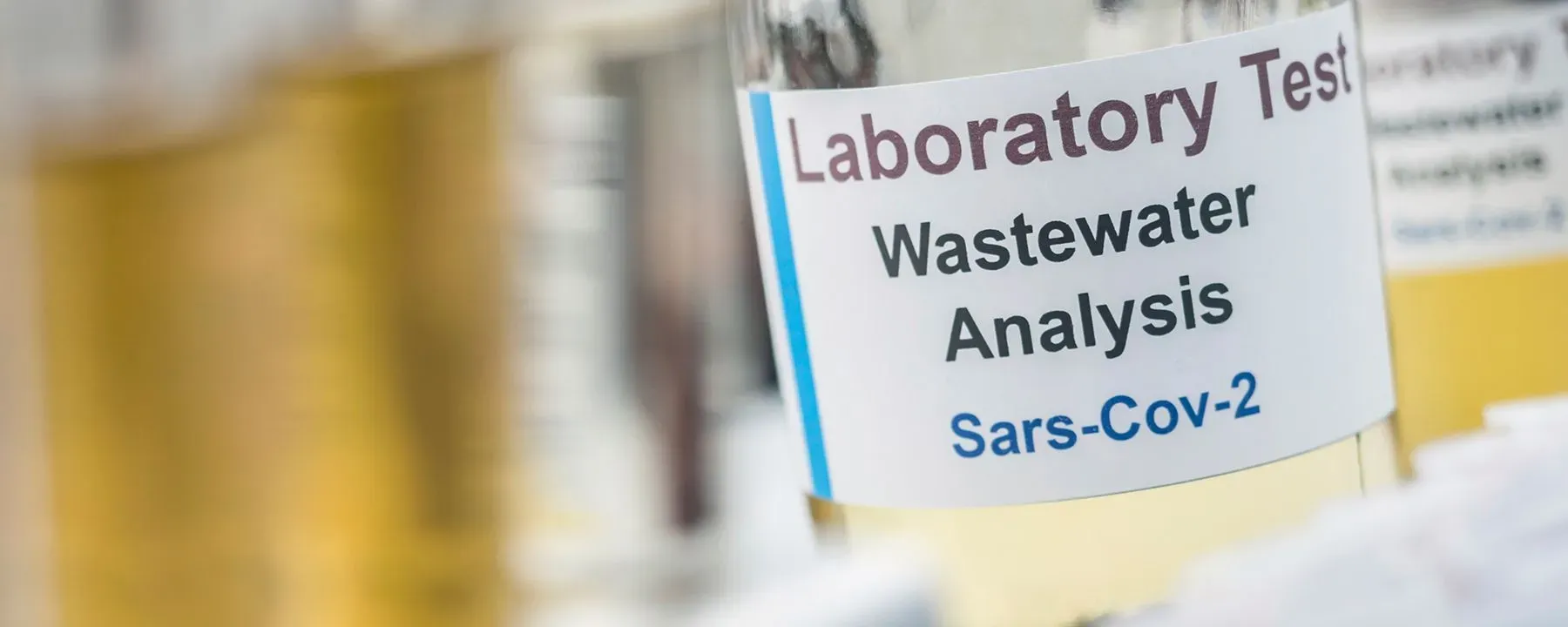
Image 2: Testing of wastewater & discovery of SARS-CoV-2
In a recent study, it has been shown that wastewater testing could be used to predict a virus outbreak. In 2020, during the SARS-CoV-2 pandemic.
This brought the Eurofins scientists to conclude that the latest variant was about to infect the people of the community, even before the variant could be detected in any patient – “Eurofins Covid-19 Sentinel™ Wastewater Test Provides Early Warning of a Potential COVID-19 outbreak”. (Jørgensen et al., 2020)
Diseases diagnosis using NGS
NGS is very helpful for the surveillance or the tracking of diseases through the help of sequencing data of the whole genome available.
Further novel or explored mutations in the pathogens can also be detected, for example, influenza A & B, Covid-19, etcetera. The pathogens’ evolutionary rates affecting the therapy or the diagnosis of diseases are detected through NGS, in wastewater.
Response to SARS-CoV-2
A research study done by the CDC team launching NWSS (National Wastewater Surveillance) served the purpose of this research for tracking the latest variant of Covid-19 through wastewater. (CDC, 2022)
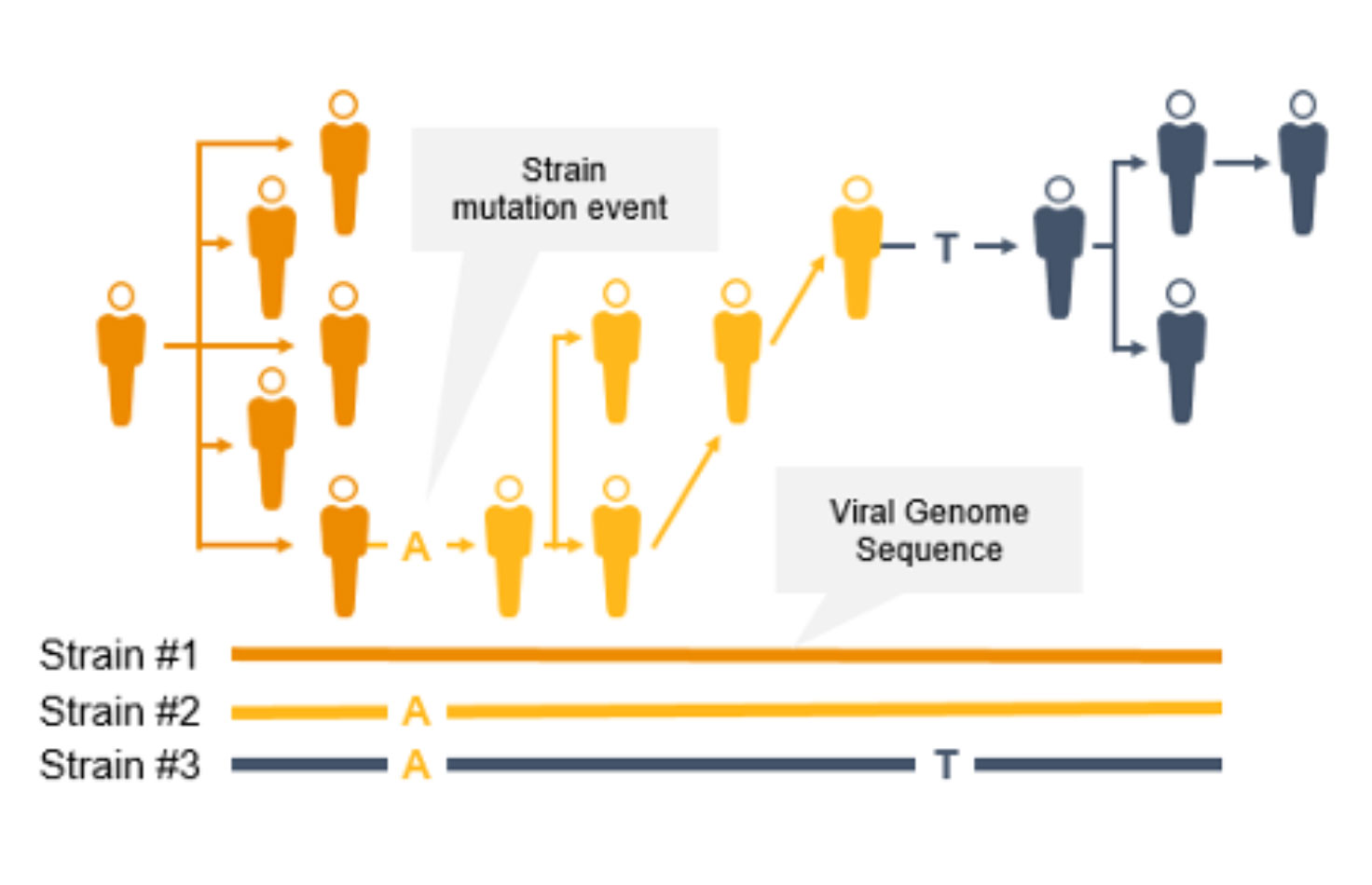
Image 3: Covid-19 Mutations Surveillance (Genomic Surveillance of Infectious Diseases | Identify Coronavirus Mutations, 2020)
Having the detection of such infections made easier through wastewater is because SARS-CoV-2 or other such infections are usually spread through bodily fluids that flow into wastewater. (Zhang et al., 2022)
According to Jordan RoseFigura, a scientist at Swift, full genome-coverage helps in proper identification of mutations within lineages (alpha, beta, gamma). (Genomeweb, 2021)
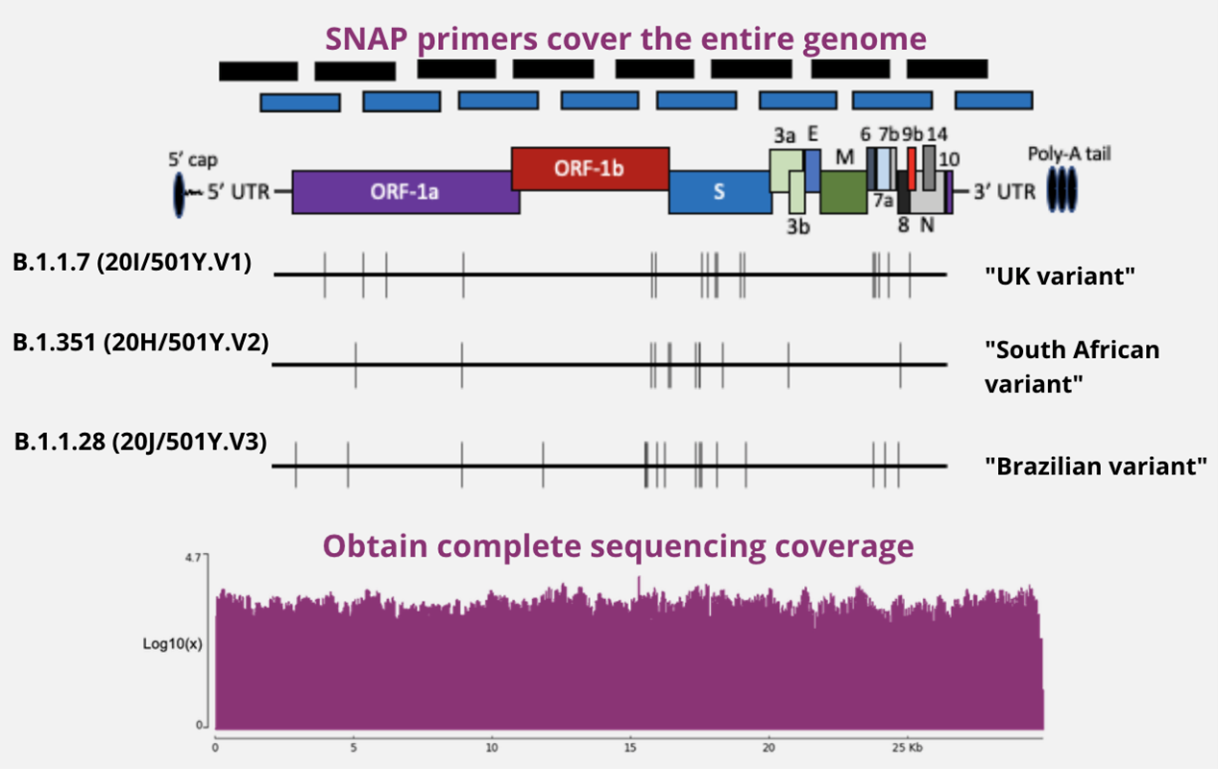
Image 4: Full genome-coverage for lineages of SARS-CoV-2 discovery, including variants of concern. Representation of mutation loci for the alpha (B.1.17), beta (B.1.351) and gamma (B.1.1.28) lineages shows that the SNAP (Swift Normalase Amplicon SARS-CoV-2 Panel) intertwining prime structure assures that every genomic area is covered equitably. (Genomeweb, 2021)
Swift suggests that SNAP covers 99.7% of the SARS-CoV-2. Additionally, RoseFigura suggested that SNAP is applied on low viral titer samples and for water evaluation. (Genomeweb, 2021)
Applications of NGS Technologies to Diagnostic Virology
Researchers usually focus on accurate monitoring of the contaminating microbes with the help of NGS for the assessment of epigenetics, metagenomics and investigation of rare antiviral mutations that are drug-resistant like viral HIV, etcetera. Additionally, advancement in the microbes source trackers and molecular procedures have also been very useful for this purpose, along with careful observations. All these advanced methods are basically mediated microbially. Meanwhile, limitations and ambiguities related to nucleic-acid techniques and NGS can be explored since such new possibilities are introduced. Furthermore, it is also used to detect biological pollutants in water through PCR.
Wastewater testing using PCR and RT-qPCR:
PCR (Polymerase Chain Reaction) is not only the latest but also quite a reliable and economical method used. This is also proven efficient at qualitative analysis, unlike qPCR. It is used on particular parts of pathogens only, while it is not applied if mutations take place. A pair of target-specific primers, a sequence to be duplicated, nucleotides, Taq polymerase enzymes and buffers are all required for PCR.
Whereas, qPCR (quantitative Polymerase Chain Reaction) plays a pivotal role in the immediate discovery and quantitative analysis of a disease along with its treatment. Nevertheless, the classic detection method of establishing colonies on a petri dish has been superseded by this method. Major examples for such modelling would be the effective analysis of diseases like Norovirus, Hepatitis A, etcetera. (Hellmér et all., 2014).
When PCR and RT-qPCR are used for wastewater analysis, special attention has to be paid to the extraction of viral DNA or RNA. Wastewater often contains inhibitors that interfere with the PCR / RT-qPCR. Therefore, proven and established methods need to be utilised (Corpuz et al., 2020).
Wastewater testing using other treatment methods:
There are various other treatments for wastewater as well, like MBR, in which a bioreactor is used with a membrane separation module to separate the solids and liquids for the replacement of secondary sedimentation. This is quite helpful in nitrification. (Oxy Membrane, 2021)

Image 5: Next generation sequencing used for wastewater assessment.
(Garner et al., 2021)
How useful is wastewater testing?
Although wastewater testing with NGS is very useful for insight as well as containment of pandemics, it is unsuccessful at giving accurate stats of the infected cases.
Finally, wastewater testing helps in the health assessment of the communities. However, the individuals’ health examination through wastewater testing, even in the case of SARS-CoV-2 can not be possible. (CDC, 2022)
This may also be of interest to you:
High resolution cancer diagnostics with next-generation sequencing
By Dr. Andreas Ebertz
Did you like this article about wastewater testing? Then subscribe to our Newsletter and we will keep you informed about our next blog posts. Subscribe to the Eurofins Genomics Newsletter.


